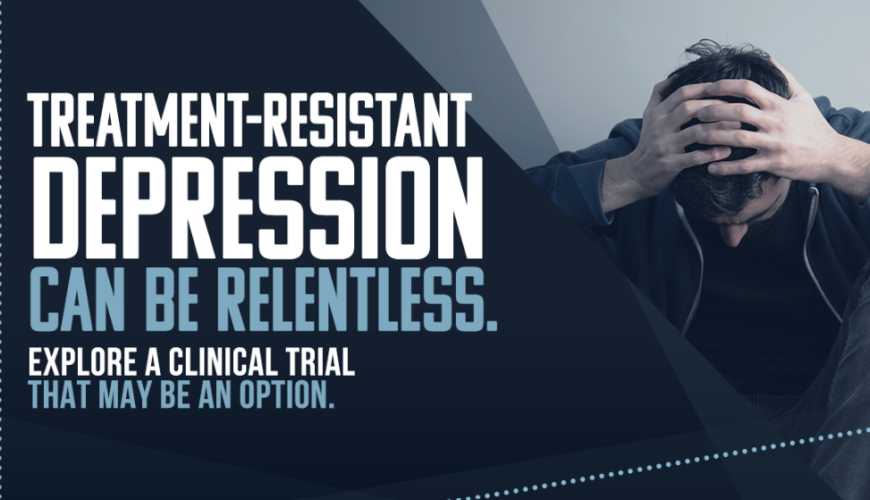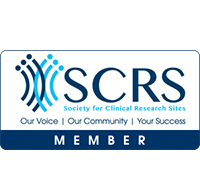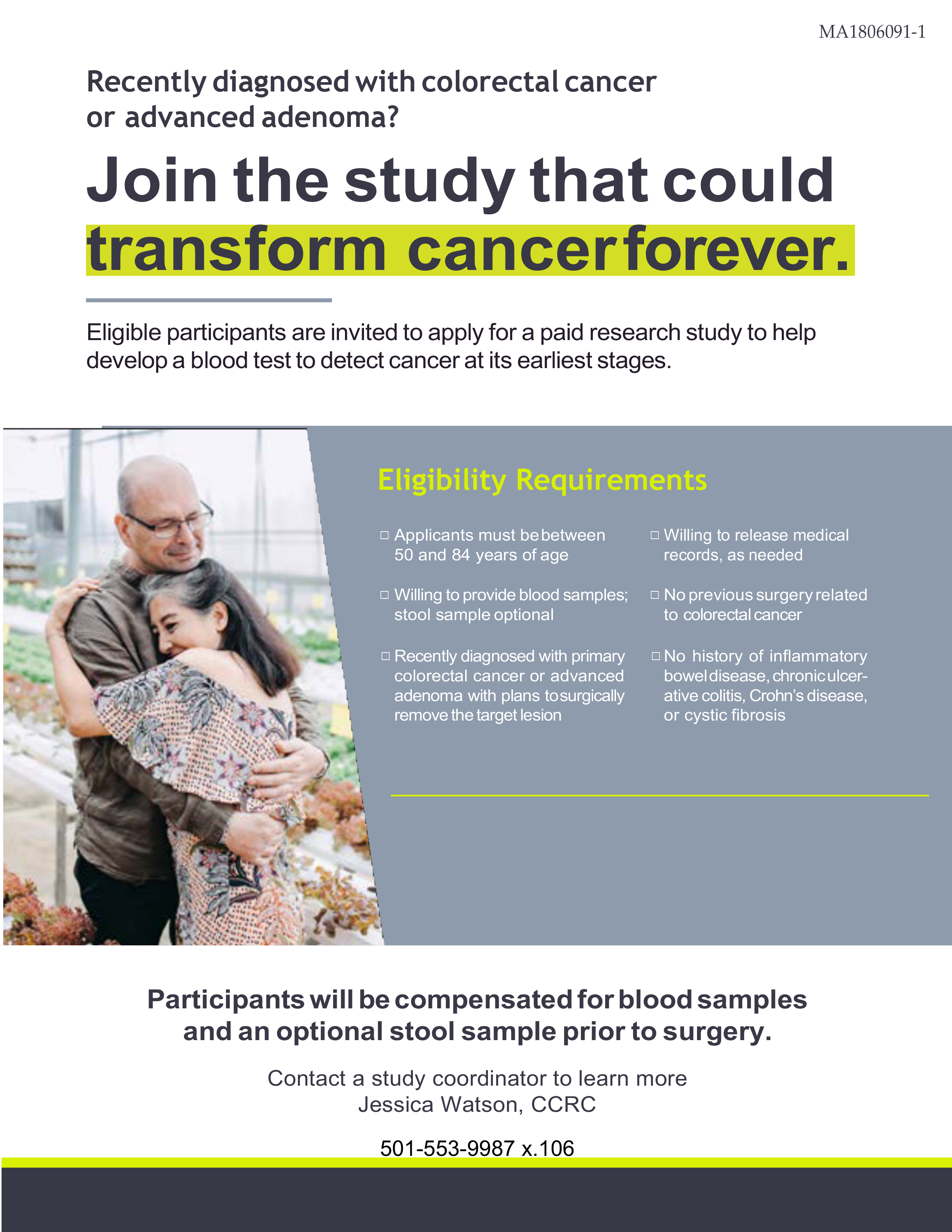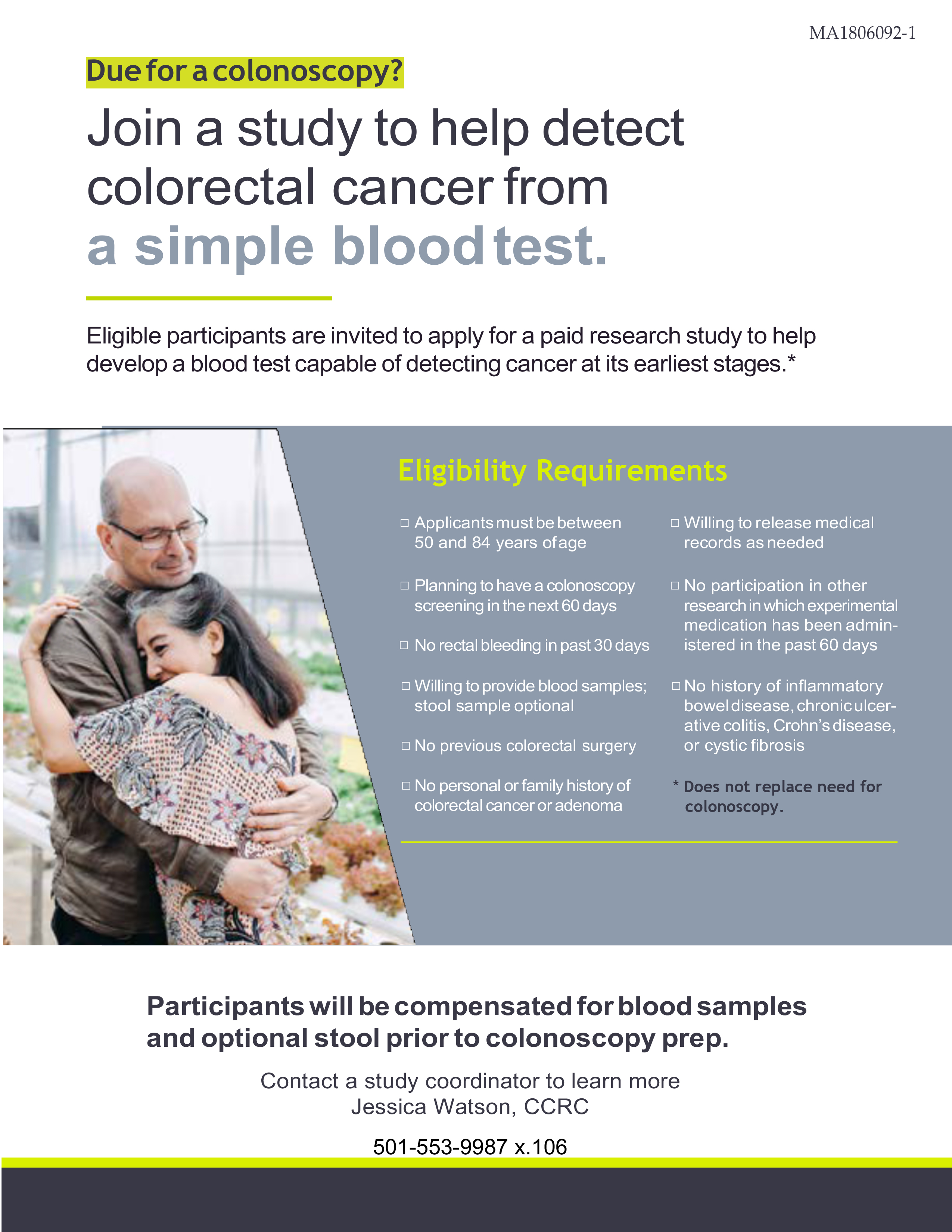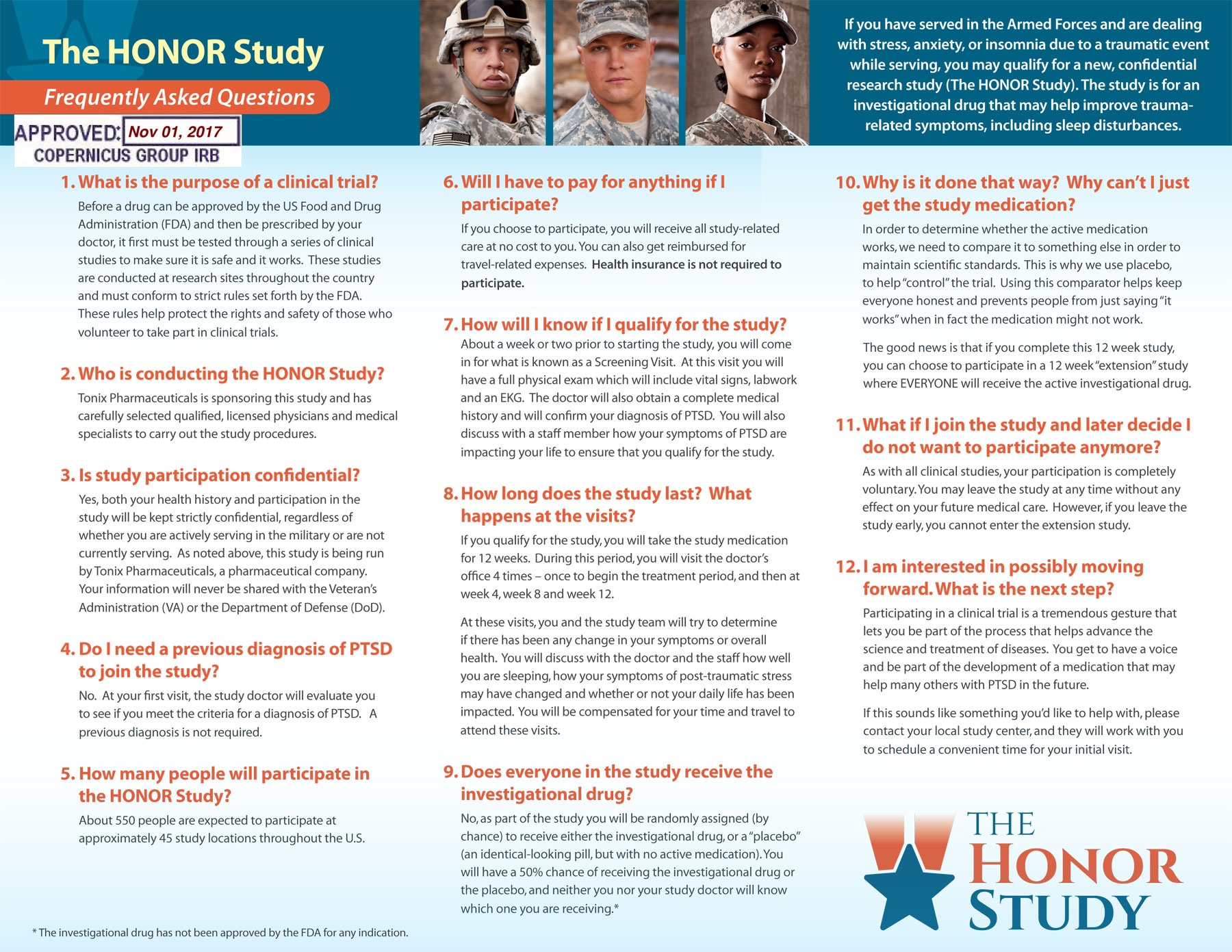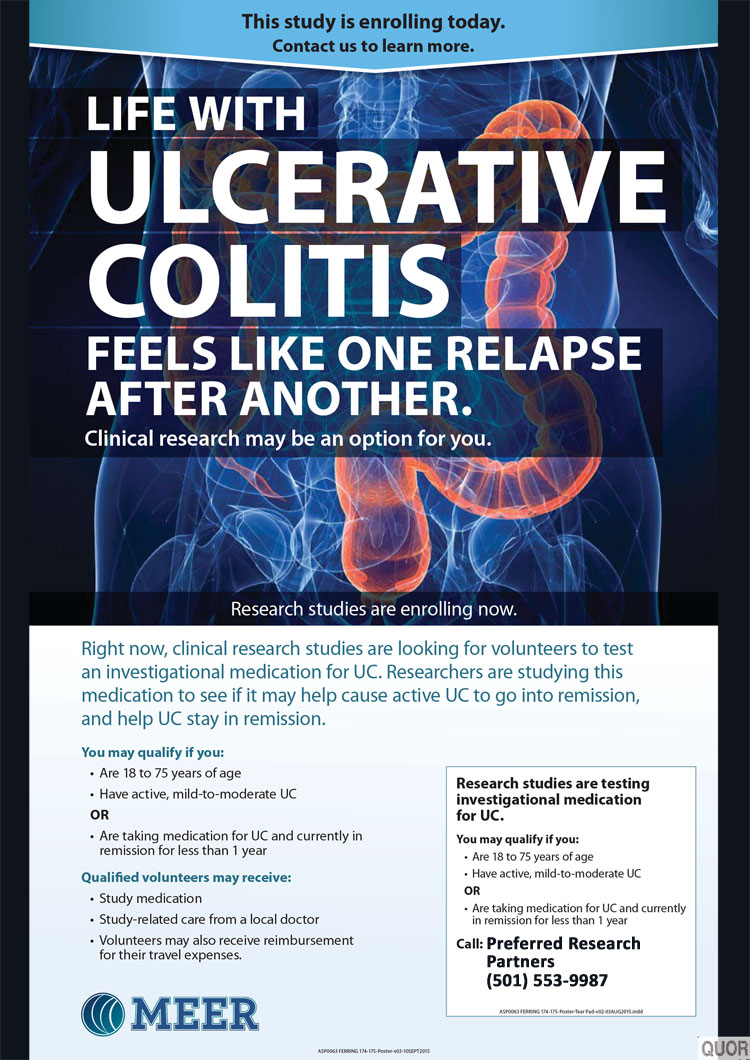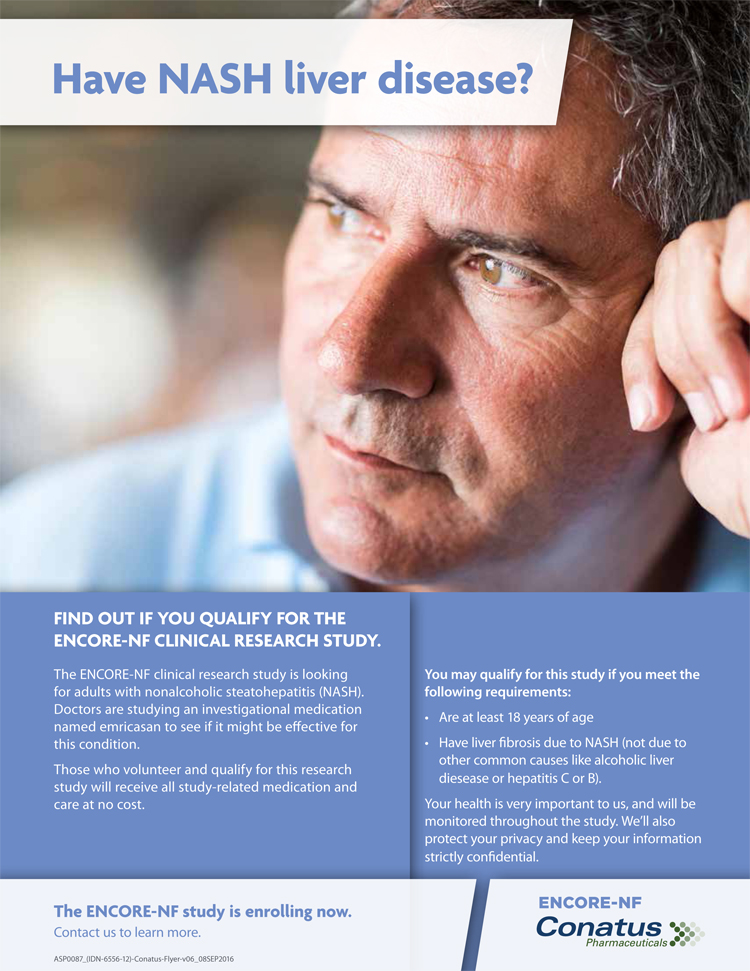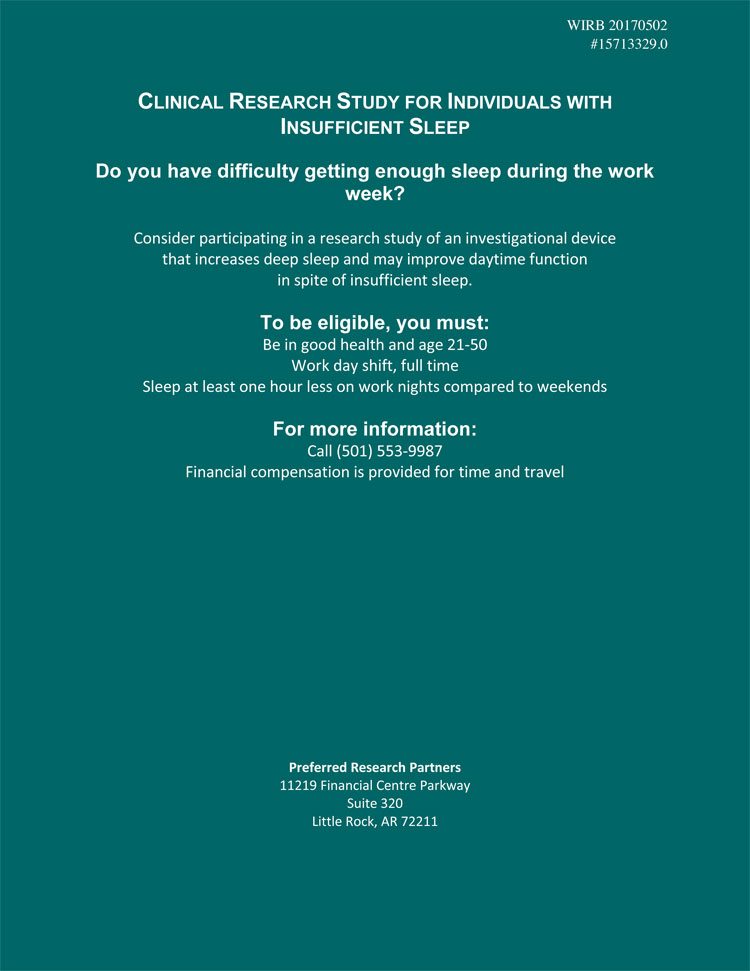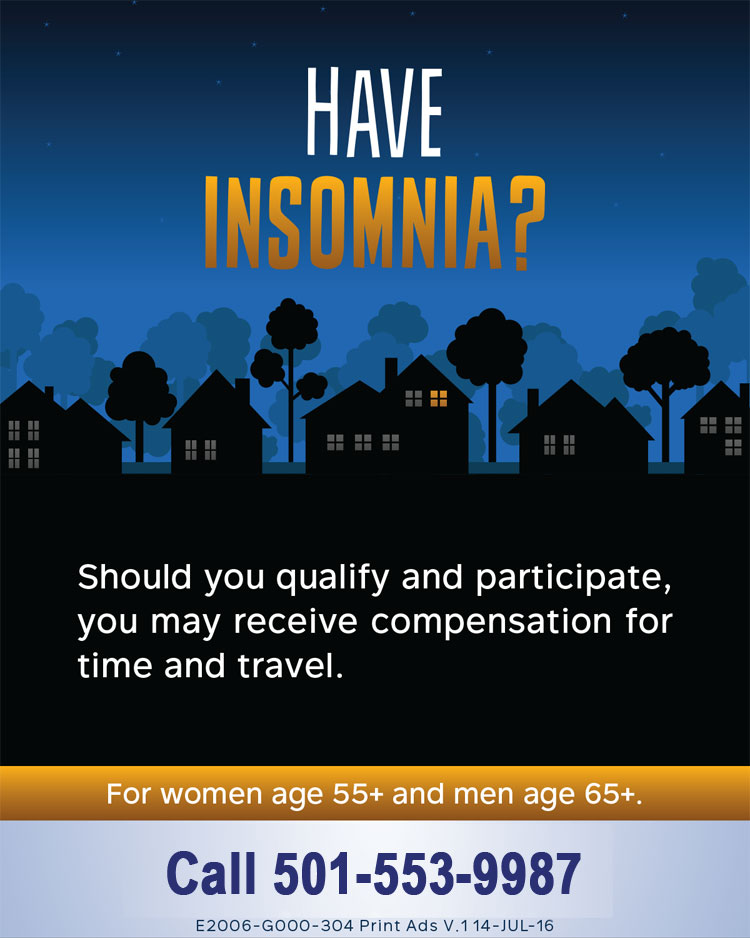National Depression Education and Awareness Month: October 2023
According to the Centers for Disease Control and Prevention (CDC), approximately 1 in 6 adults will have depression at some point in their lives with the highest levels of stress being reported in those who are between the ages of 18-33. Depression is a mood disorder that can become very serious. This illness affects the feelings, thoughts, and actions of a person. Many people who are dealing with this may have issues with the ability to work, hold relationships with people, and struggle to complete daily activities.
A a healthcare professional managing depression is first focused on what type of depression someone has:
Major depressive disorder (MDD) is the name many health professionals call depression. This is one of the most common mental health disorders. MDD causes sleep inference, loss of motivation, difficulty focusing, and consistent moods of feeling down.
Seasonal affective disorder is experienced most during the fall and winter months when daylight becomes shorter. People will feel their mood and energy levels decrease.
Postpartum depression occurs after giving birth and affects many mothers and fathers. Signs and symptoms of postpartum depression include lack of motivation, little interest in bonding with their baby, difficulty focusing, and many more.
Dysthymia is also known as persistent depressive disorder (PDD) and is considered different than major depressive disorder due to the length of symptoms. PPD is not diagnosed unless someone has had persistent symptoms for more than 2 years. Whereas MDD symptoms usually last in episodes of a few months on and off.
The stages of depression are said to be compared to the stages of grief. Let’s investigate the reported stages of depression:
- Stage 1: Origin of a situation- When someone has family issues, addiction, illness, relationship changes, or death of a loved one, this is when the brain will change, and sadness arises. During this stage people experience fatigue and hopelessness.
- Stage 2: Norm or establishment- During stage 2 depression overcomes someone and lack of interest becomes the norm for a person’s everyday living. In this time, a person can feel like things happening in their life just cannot seem to go accordingly.
- Stage 3: Lack of interest in activities- Engaging in activities a person once loved becomes difficult. Having fun can make someone feel uncomfortable or they should not be enjoying themselves.
- Stage 4: Abandonment- During this time a person will become unable to perform their daily tasks such as work, household duties, and basic self-care. Many people have hopefully sought medical attention before this stage.
As there are no specific causes for depression there are however triggers that can affect someone having depression. Recovery of depression can occur at any stage and there is hope.
Consult a doctor if you are experiencing decreased energy levels, changes in appetite, insomnia/ hypersomnia, irritability, emotional distress, or suicidal thoughts. If you or a loved one experience depression and would like to learn about the clinical trials that Preferred Research Partners is currently offering, visit our studies page today and contact us to find out if you may qualify to join.

